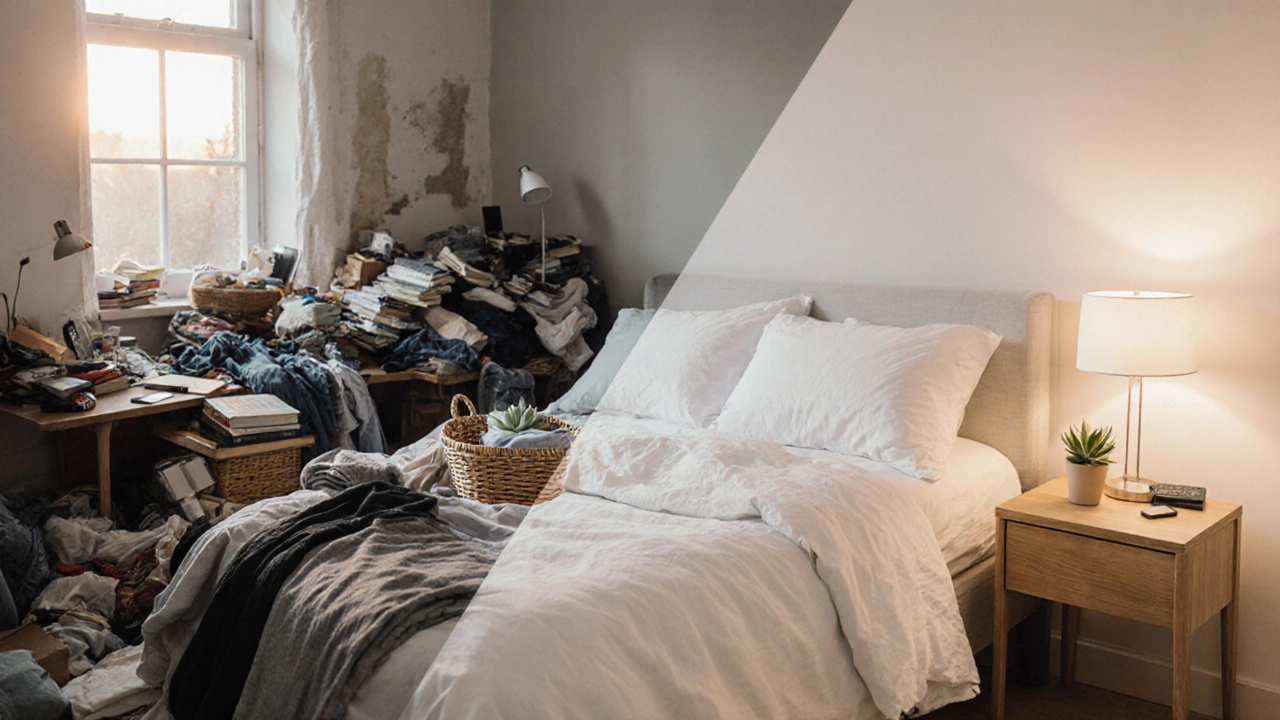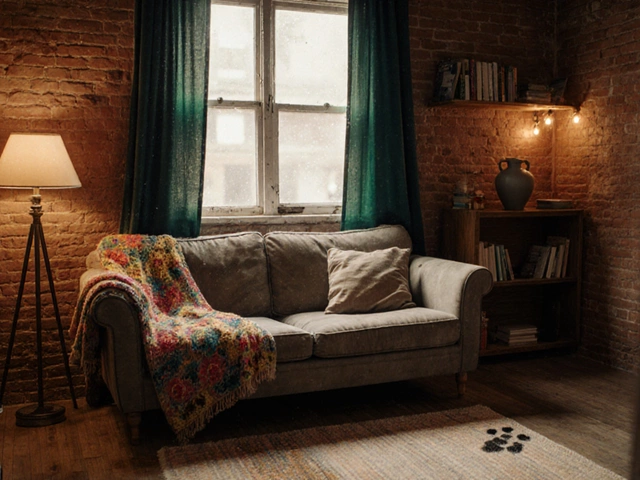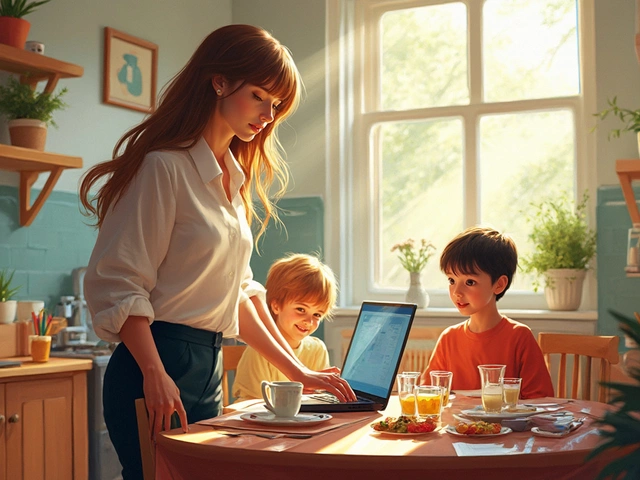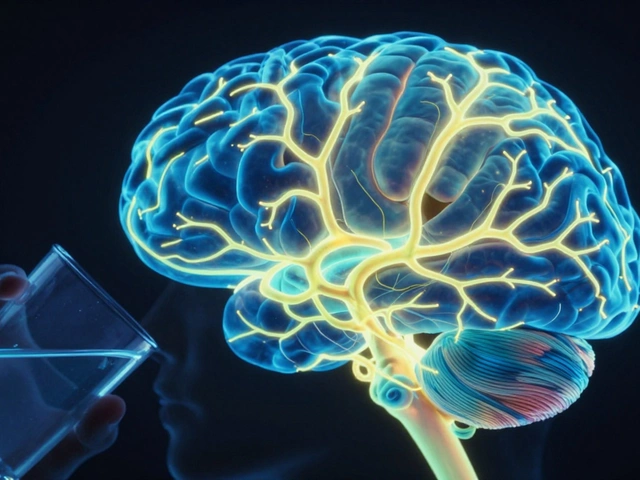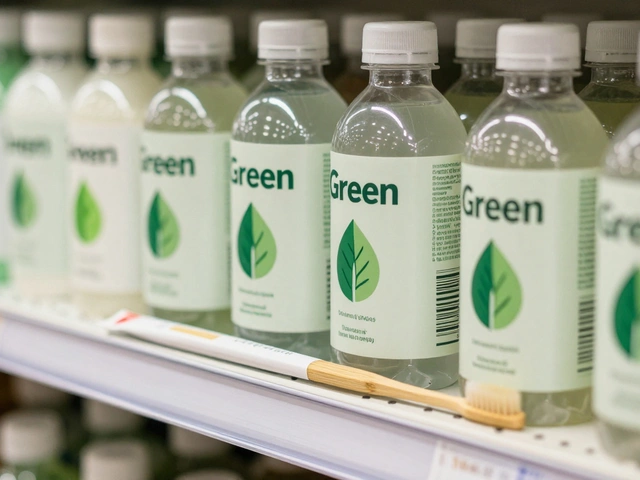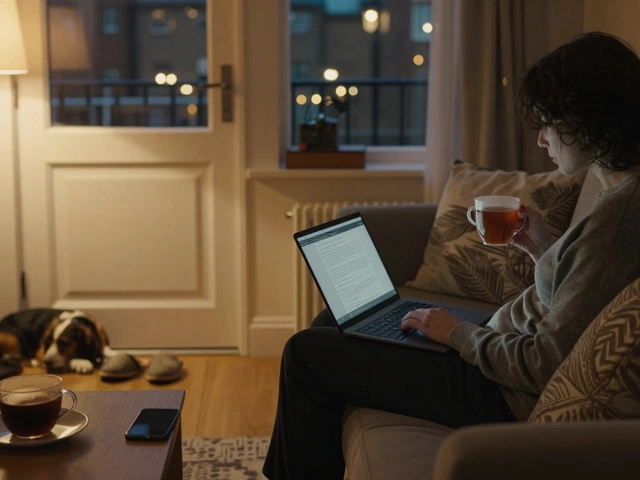Minimalism Impact Calculator
Potential Benefits of Minimalism
Adjust the sliders and click "Calculate Potential Benefits" to see estimated improvements.
Key Benefits of Minimalism
Mental Clarity
Reduces decision fatigue and stress from visual clutter
Sustainability
Reduces consumption and waste through mindful purchasing
Time Savings
Reclaims hours from managing clutter and digital overload
Key Takeaways
- Minimalism appeals because it cuts decision fatigue and creates mental space.
- It taps into a cultural backlash against endless consumerism.
- Physical and digital minimalism share core principles but differ in tools and outcomes.
- Adopting minimalism can boost mental health, support sustainability, and improve focus.
- Start small: declutter one area, limit new purchases, and set intentional digital boundaries.
Ever wondered why more people are swapping crowded closets for streamlined wardrobes or why inboxes are going from overflowing to empty? The answer lies in the growing pull of minimalism. It’s not just an aesthetic trend; it’s a response to how our brains, emotions, and societies are overloaded. Below we break down the real reasons people gravitate toward this lifestyle, what they gain, and how to make it work for you.
What Is Minimalism?
Minimalism is a philosophy and lifestyle that focuses on stripping away excess to keep only what truly adds value or joy. It can apply to physical spaces, digital environments, financial habits, and even social circles. The core idea is simple: keep less, experience more.
The Psychological Pull of Simplicity
When we look at a clean, uncluttered room, our brains register fewer visual cues. This reduces the cognitive load that comes from constantly processing unnecessary information. Researchers at the University of Michigan found that visual clutter can increase cortisol levels, the body’s stress hormone, by up to 15%.
Enter simplicity a state of being free from complexity and overload, both mentally and physically. Simplicity creates a mental shortcut: fewer decisions mean less decision fatigue. That’s why many report feeling sharper and more productive after moving to a minimal setup.
Emotional and Mental Health Benefits
At its heart, minimalism is about creating mental space. mental health the emotional and psychological well‑being of an individual improves when we reduce environmental stressors. A 2023 study in the Journal of Environmental Psychology showed that participants who decluttered a single room reported a 30% boost in mood scores after just one week.
By removing the noise, people find more room for mindfulness practices, better sleep, and deeper focus. The sense of accomplishment that comes from clearing a space also triggers dopamine, reinforcing the habit.
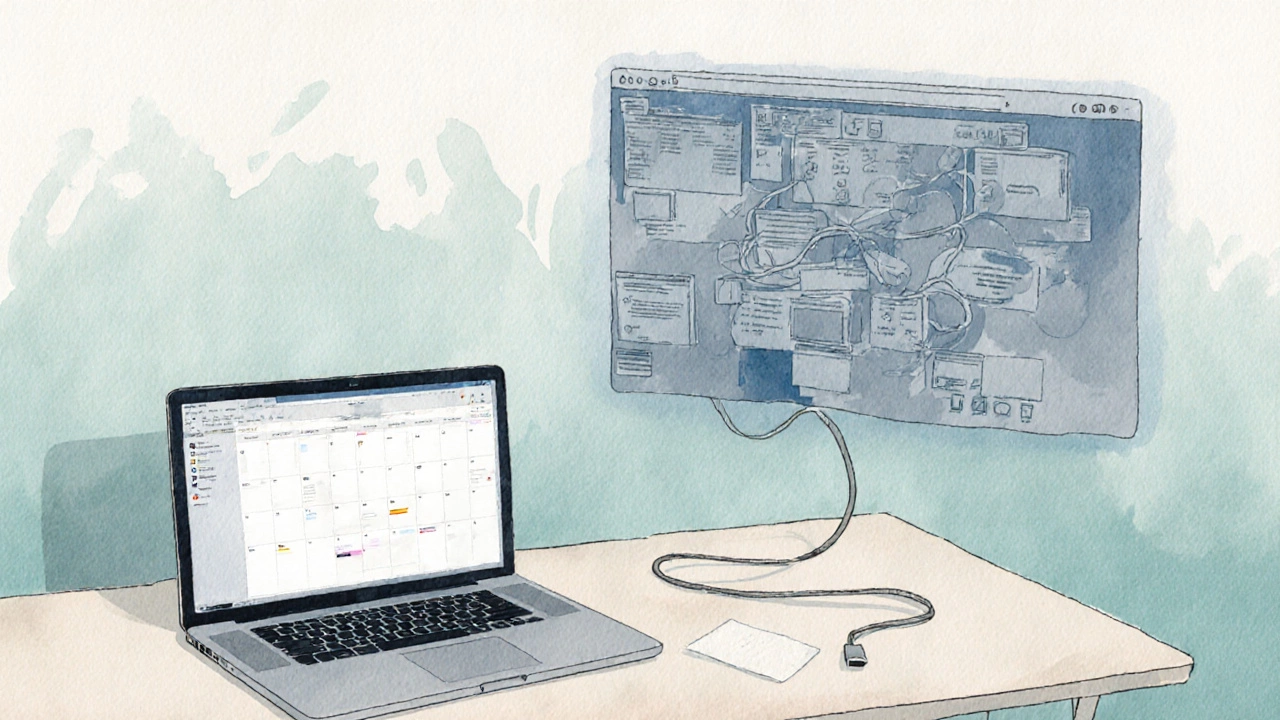
Backlash Against Consumerism
Modern culture pushes us to buy more, faster. consumerism the social and economic order that encourages the acquisition of goods and services in ever‑increasing amounts fuels anxiety and a feeling of never‑ending pursuit. Minimalism offers a quiet protest: keep only what serves a purpose or sparks joy.
For many, it’s an ethical statement. By buying less, they reduce their contribution to overproduction, landfill waste, and the exploitative labor practices that often underlie cheap mass‑produced items.
The Aesthetic Appeal
Design plays a huge role in why minimalism feels satisfying. Clean lines, neutral palettes, and open spaces create a visual calm that many find soothing. design the intentional planning and arrangement of elements to achieve a functional and aesthetically pleasing outcome rooted in minimalism prioritizes function over ornamentation.
Think of Apple’s product philosophy: sleek, simple, and intuitive. That same visual language translates into homes, wardrobes, and even user interfaces, making the environment feel premium without being cluttered.
Sustainability - A Natural Fit
Minimalism and sustainability the practice of meeting current needs without compromising the ability of future generations to meet theirs share a common goal: using resources wisely. When you own fewer items, you generate less waste, consume less energy, and often opt for higher‑quality, longer‑lasting products.
Many minimalists report a 40% reduction in their household waste within the first six months of adopting the lifestyle, according to a 2024 Australian environmental survey.
Digital Minimalism - Decluttering the Online World
While physical decluttering is visible, digital minimalism a focused approach to reducing digital clutter, such as unnecessary apps, notifications, and information overload targets the same mental overload but in the virtual realm.
Practices include turning off non‑essential notifications, limiting social media scrolling to set blocks of time, and using “inbox zero” methods for emails. The payoff? Better focus, less anxiety, and reclaimed hours each week.
Physical vs. Digital Minimalism: A Quick Comparison
| Aspect | Physical Minimalism | Digital Minimalism |
|---|---|---|
| Primary Goal | Reduce tangible clutter, create open spaces | Cut information overload, streamline digital tools |
| Key Actions | Donate/sell unused items, adopt capsule wardrobes | Uninstall unused apps, set notification limits |
| Typical Benefits | Improved sleep, easier cleaning, aesthetic calm | Higher productivity, less screen fatigue, clearer focus |
| Measurable Metrics | Square footage freed, items reduced | Hours saved per week, notification count |
| Common Pitfalls | Over‑purging sentimental items | Going “offline” too abruptly, missing essential tools |
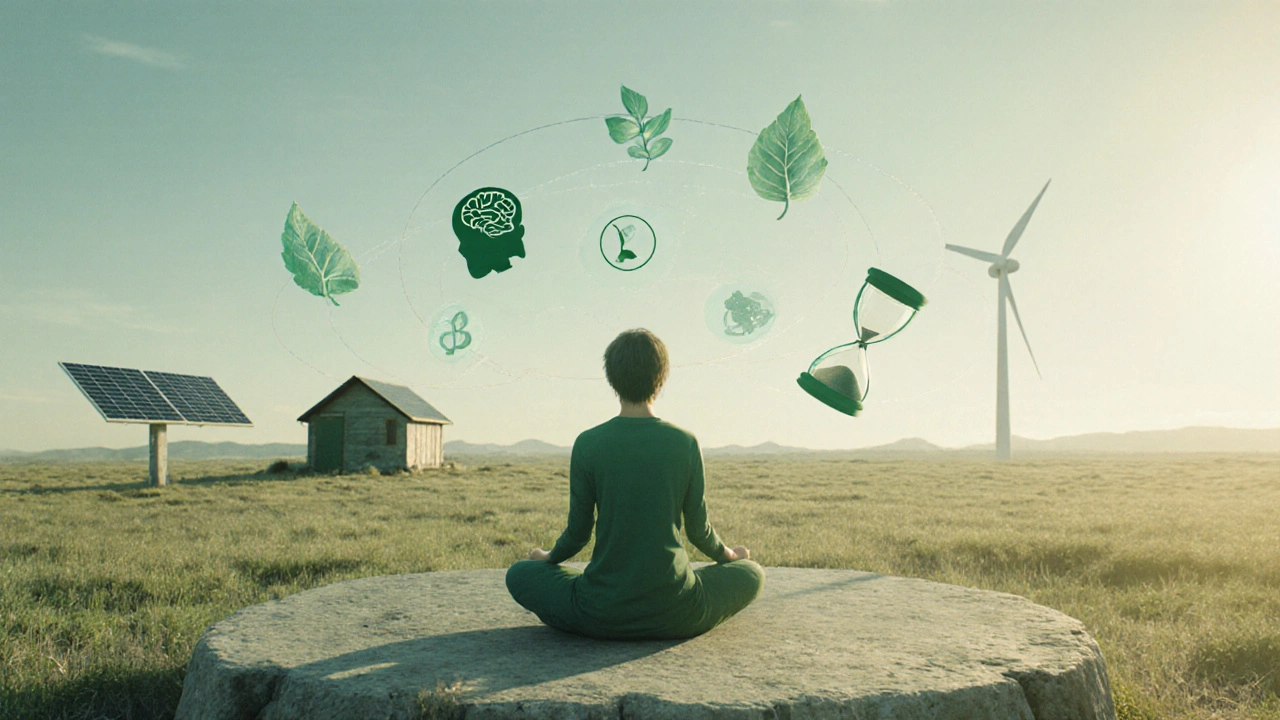
Getting Started: Small Steps that Lead to Big Change
- Pick one zone - a messy drawer, a cluttered desktop, or a crowded inbox.
- Apply the “one‑in, one‑out” rule: for every new item you bring in, remove one existing.
- Set a weekly “digital sunset” - no screens after a certain hour.
- Create a “joy box” for sentimental items; keep only those that truly lift your spirit.
- Track your progress: note how many items you’ve removed and how you feel after each session.
These micro‑habits build momentum without overwhelming you. Over time, you’ll notice a shift in how you view possessions and information - less as a status symbol, more as a tool serving a purpose.
Common Misconceptions and How to Avoid Them
Minimalism is often painted as a cold, sterile aesthetic. In reality, it’s about intentionality, not emptiness. You can have a warm, lived‑in home that still follows minimalist principles.
Another myth: minimalism equals cheapness. Quality trumps quantity. Investing in a well‑crafted piece of furniture can be more sustainable and satisfying than owning several low‑priced items.
Lastly, some think you have to give up all hobbies or tech. The goal is balance. Keep the tools and activities that truly enrich your life; let go of the rest.
Pro Tips from Long‑Term Minimalists
- Adopt a “home for everything” rule - every object should have a designated spot.
- Schedule a quarterly “declutter day” to reassess possessions.
- Practice mindfulness while shopping: pause and ask if the item solves a problem or adds joy.
- Use multi‑functional pieces (e.g., a sofa that doubles as a storage unit).
- Leverage community swaps or garage sales to give items a second life.
Looking Ahead: Minimalism as a Movement
Minimalism isn’t a fad; it’s part of a larger cultural shift toward intentional living. As climate concerns rise and mental‑health awareness grows, more people will likely gravitate to this approach. Whether you’re looking for calm, sustainability, or a fresh aesthetic, the principles of minimalism can adapt to fit your personal goals.
Frequently Asked Questions
Is minimalism only about getting rid of stuff?
No. While decluttering is a visible part, minimalism also involves simplifying schedules, digital habits, and relationships to focus on what truly matters.
Can I be a minimalist on a tight budget?
Absolutely. Minimalism often saves money by encouraging you to buy less. Focus on high‑quality basics that last longer rather than cheap, disposable items.
How does minimalism improve mental health?
Less visual and digital clutter reduces stress hormones, lowers decision fatigue, and creates space for mindfulness practices, all of which are linked to better mood and focus.
What’s the difference between minimalist design and modern design?
Both favor clean lines, but minimalist design goes further by stripping away any non‑essential element, whereas modern design may still include decorative accents.
How can I start a digital minimalist routine?
Begin by listing the apps you use daily, delete the rest, turn off non‑essential notifications, and set specific times for email and social media checks.

